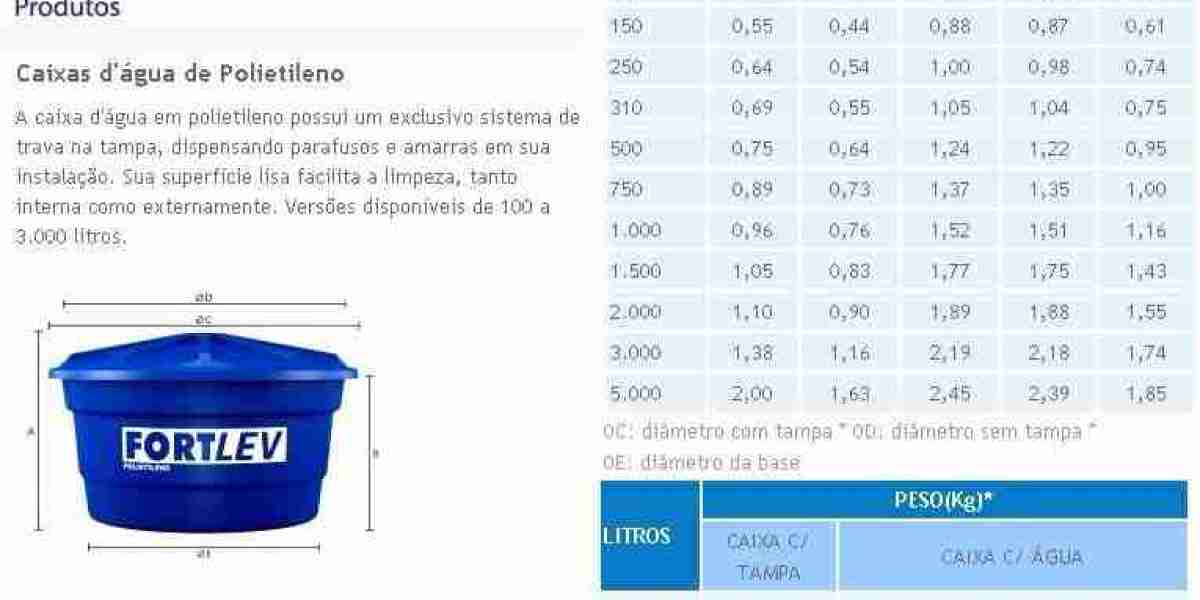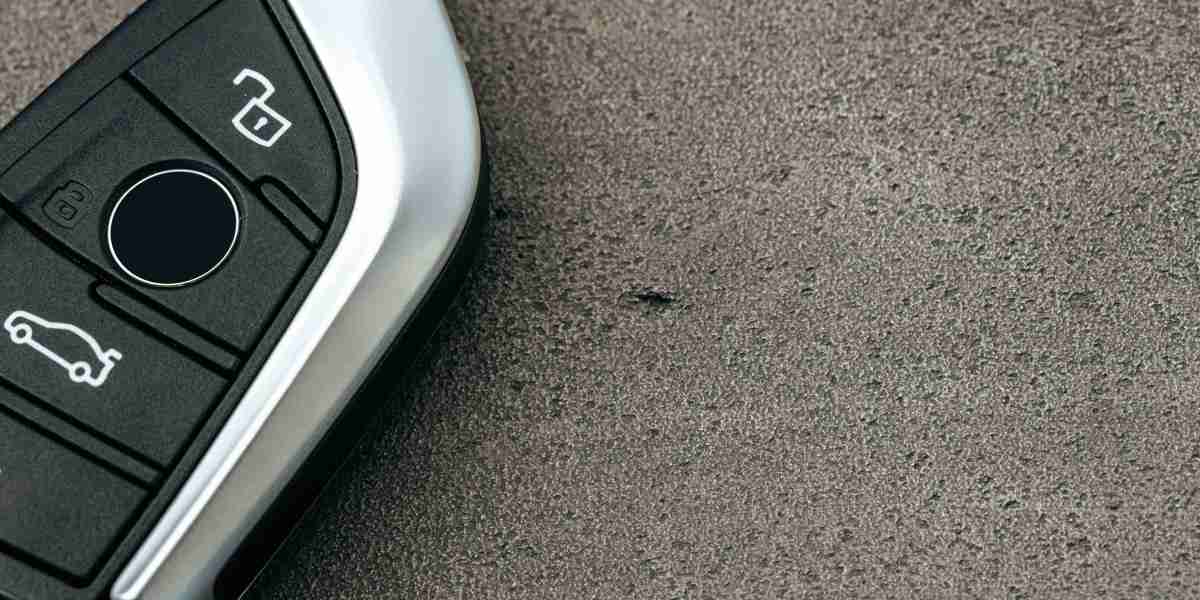Tattoo removal has become an increasingly popular service as more people seek to erase tattoos that no longer align with their personal style, beliefs, or aesthetic preferences. Whether it's a mistake made during youth, a change in lifestyle, or the desire for a fresh start, many individuals are turning to tattoo removal as a solution. However, one of the most common questions that arise when considering tattoo removal is the cost. The price of tattoo removal can vary significantly based on several factors, making it essential to understand the key elements that affect the cost of this procedure. In this article, we will explore the various aspects that contribute to tattoo removal pricing, how a tattoo removal cost calculator works, and what you can expect in terms of pricing.
Understanding Tattoo Removal
Tattoo removal is a medical or cosmetic procedure used to eliminate tattoos from the skin. The most popular and effective method of tattoo removal is laser treatment, specifically using Q-switched lasers, which break down the tattoo ink into tiny particles that are then naturally removed by the body's immune system. Other tattoo removal methods include dermabrasion, surgical excision, and chemical peels, but laser tattoo removal remains the gold standard due to its effectiveness and minimal scarring.
The cost of tattoo removal largely depends on the method used, the size and location of the tattoo, and the number of sessions required for complete removal. Laser removal requires multiple sessions, with the number of sessions varying depending on factors like ink color, tattoo size, skin type, and how deep the ink is in the skin.
Tattoo Removal Cost Calculator: How It Works
Tattoo removal cost calculators are online tools that help estimate the cost of removing a tattoo. These calculators take into account various factors and provide an estimate based on the information you input. While these calculators can provide a ballpark figure, it's important to note that the final cost can vary depending on the tattoo removal clinic, the method used, and other individual factors.
When using a tattoo removal cost calculator, you may be asked to input details such as:
Tattoo Size: Larger tattoos require more time and effort to remove, which can result in a higher cost. The cost is typically calculated per square inch or based on the overall size of the tattoo.
Tattoo Location: Tattoos in certain areas of the body can be more difficult to treat. For example, tattoos on areas with thicker skin (such as the back) may require more sessions, while tattoos on areas with thinner skin (such as the wrists) may be easier to treat.
Tattoo Color: The color of the tattoo ink can also impact the cost of removal. Black ink is generally the easiest to remove, while colors like green, blue, yellow, and red may require more sessions due to the nature of the pigments.
Number of Sessions: The cost of tattoo removal is typically calculated based on the number of sessions required. Each session costs a certain amount, and the number of sessions can vary depending on factors such as the size, color, and location of the tattoo.
Tattoo Age: Older tattoos may be easier to remove than newer ones, as the ink may have faded over time, making it less difficult to break down.
Skin Type: Your skin type, including factors like skin tone and texture, can impact how well the laser works. Some individuals with darker skin tones may require a different laser setting, which may slightly alter the cost.
Clinic Reputation and Expertise: The reputation and expertise of the clinic or practitioner performing the tattoo removal can also influence pricing. Clinics with experienced professionals and advanced equipment may charge higher prices for their services.
Factors That Affect Tattoo Removal Cost
While a tattoo removal cost calculator can give you a rough idea of the expenses involved, there are several factors that contribute to the overall cost of tattoo removal. These factors can vary from person to person and can affect the number of sessions required for optimal results.
- Tattoo Size and Complexity
One of the most significant factors influencing the cost of tattoo removal is the size and complexity of the tattoo. Smaller tattoos are generally less expensive to remove, as they require fewer sessions and less time for the laser to target and break down the ink particles. Conversely, larger tattoos will require more sessions and take longer to remove, leading to a higher overall cost.
Additionally, tattoos with intricate designs or shading may be more difficult to remove, as the ink is often distributed more densely, making it harder for the laser to penetrate. These tattoos may require more sessions and therefore cost more.
- Tattoo Color
The color of the ink used in the tattoo plays a significant role in the cost of removal. Darker ink colors, such as black, are typically easier to remove with laser treatment, as the laser can more effectively target these pigments. On the other hand, lighter or more vibrant ink colors, such as green, yellow, and blue, may require more sessions to break down, resulting in a higher cost.
Some colors, like white and neon, are particularly difficult to remove, and laser treatment may not be as effective, requiring alternative methods or additional treatments.
- Number of Sessions Required
Tattoo removal is rarely a one-time procedure. Most people need multiple sessions to fully remove a tattoo, with each session spaced several weeks apart to allow the skin to heal. The number of sessions required depends on the factors mentioned above, such as the size, color, and location of the tattoo.
On average, most tattoos require anywhere from 5 to 15 sessions, although more extensive or complex tattoos may require more. The cost of each session can vary, but it’s important to keep in mind that more sessions mean higher overall costs. Some clinics offer package deals or discounts for multiple sessions, which can help reduce the overall cost.
Tattoo Location on the Body
The location of the tattoo can affect the removal process. Certain areas of the body, such as the hands, feet, and face, may require extra care and attention during the removal process due to thinner skin or more challenging areas for laser penetration. In general, tattoos on areas of the body with more muscle or fat (such as the back or thighs) are easier to remove, while tattoos on bony or sensitive areas may require additional sessions.Clinic Reputation and Technology
The clinic’s reputation and the technology they use can also influence the cost of tattoo removal. Clinics with advanced technology and experienced professionals may charge more for their services, as they are able to offer more efficient and effective treatments. However, these clinics may also provide better results and reduce the risk of complications, which can make the higher cost worthwhile.
Some clinics may use more advanced laser technology, which can target a broader range of ink colors and require fewer sessions for removal. These technologies may come at a higher price, but they can ultimately save you money in the long run by reducing the number of sessions needed.
- Geographic Location
The cost of tattoo removal can vary depending on where you live. In cities with a high cost of living, such as Toronto or New York, the price of tattoo removal may be higher than in smaller towns or rural areas. Additionally, clinics located in upscale neighborhoods or those offering luxury services may charge more for tattoo removal.
Average Tattoo Removal Costs
On average, tattoo removal costs can range from $200 to $500 per session, depending on the factors discussed above. For smaller tattoos, the cost per session may be on the lower end of the spectrum, while larger or more complex tattoos may cost more per session. Over the course of several sessions, the total cost of removal can range anywhere from $1,000 to $5,000 or more.
It’s important to note that while tattoo removal is an investment, the results can be well worth it for those seeking to remove unwanted ink. In many cases, the cost of tattoo removal is a small price to pay for the ability to start fresh with clear, smooth skin.
Conclusion
Tattoo removal is a complex and personalized process that varies depending on several factors, including the size, color, and location of the tattoo, as well as the number of sessions required for optimal results. While tattoo removal cost calculators can provide a rough estimate, the actual cost will depend on the unique characteristics of your tattoo and the clinic you choose. By considering factors such as the size of your tattoo, the method used, and the expertise of the practitioner, you can get a better idea of what to expect when it comes to tattoo removal costs. Ultimately, investing in tattoo removal can help you regain confidence and eliminate tattoos that no longer align with your personal style or preferences.







